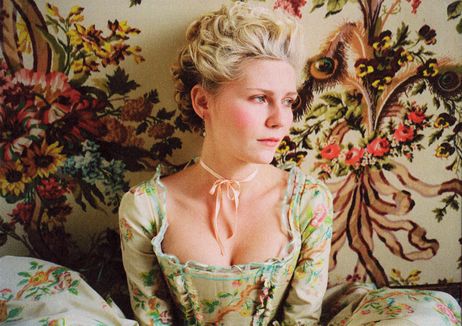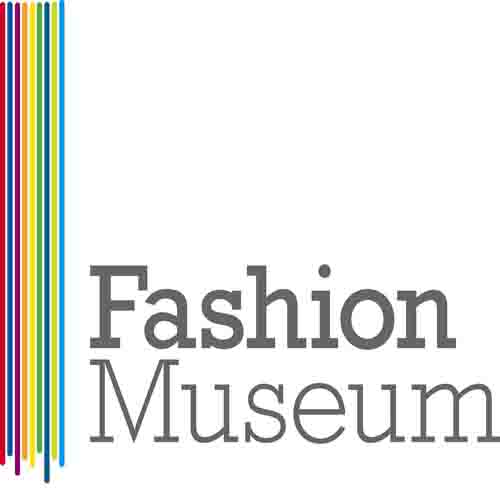The Victoria and Albert Museum (V&A) is one of London’s most loved attractions for tourists and residents, as well as being the world’s largest museum of decorative arts and design. It’s a beautiful museum which has indefinitely the returning visitor effect due to its attractiveness inside and outside, hosting a stunning Italianate courtyard. As you can tell, I’m a fan of the place.
What could make me fall in love with the museum that little bit more? Their upcoming exhibition Hollywood Costume which focuses on just that.
You’ll be taken completely through the entire journey of creating the characters you see on screen – from start to finish you will see the process of a costume designer and how their creative minds work. The ground-breaking and heavily anticipated exhibition kicks off in London in autumn on the 20th October 2012 and runs through to the new year, finishing on the 27th January 2013. It will feature over 100 of the most iconic and unforgettable film characters from the past century of Hollywood film, so expect to have an avid knowledge by the end of it.
What’s even more perfect about the exhibition is the extensive detail as you’re taken though not just one, but three galleries showing different journeys – “Act 1, Deconstruction, puts us in the shoes of the costume designer and illuminates the process of designing a character from script to screen; Act 2, Dialogue, examines the key collaborative role of the costume designer within the creative team; Act 3, Finale, celebrates the most beloved characters in the history of Hollywood and the silver screen.”
Visitors to the exhibition should feel privileged to see such costumes as many have never been publicly displayed and have never left the archival collections in California – it really is a one-of-a-kind display.
Featured films include: Harry Potter, Marie Antoinette, Breakfast at Tiffany’s, Some Like it Hot, Atonement, Chicago, Matrix, Who Framed Roger Rabbit?, Fightclub, Spiderman and many, many more!
I plan to visit the exhibition in the autumn and will be delving further in-depth about it so watch this space.
I’ll leave you with this quote from the website – “Costumes are one channel by which a character is transformed from the written page to a multi-dimensional people. The costume designer gives the clothes to the actor, the actor gives the character to the director, and the director tells the story. When a character and a film capture the public’s imagination; the costumes can ignite worldwide fashion trends and influence global culture. Cinematic icons are born when the audience falls deeply in love with the people in the story. And that’s what movies, and costume design, is all about.”
Find more information on the V&A website including ticket bookings.










